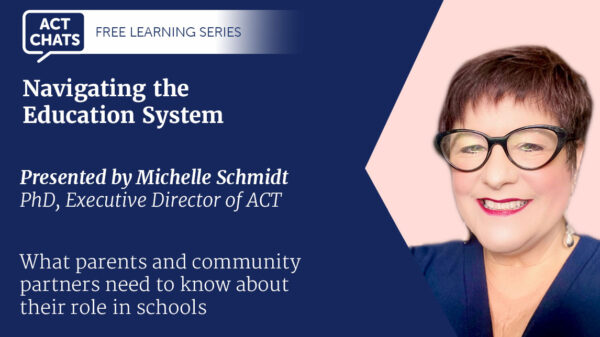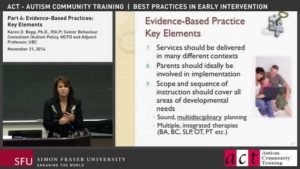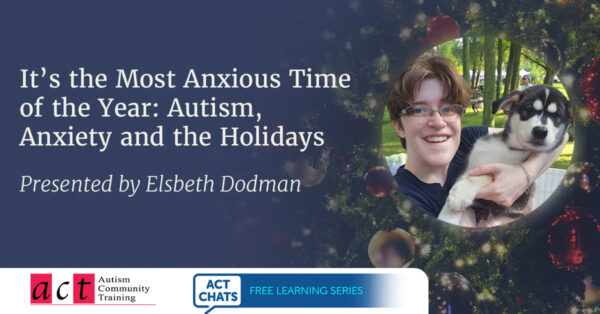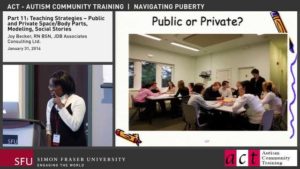Filmed November 2018 – edited into 3 parts; total 57 minutes
INVEST: Identify Needs, Validate, Educate, Strengthen and Thrive
Girls and women with ASD largely camouflage their characteristics in an effort to pass as neurotypical. Due to their difficulties reading social cues, girls and women with ASD are disproportionately victims of bullying, sexual assault and abusive relationships. Mental health challenges such anxiety, depression, panic, eating disorders, ADHD, OCD and addictions often come to the attention of professionals before an ASD diagnosis is given, if at all.
The INVEST model has been developed by Dori Zener based on her extensive clinical experience with women and girls with ASD. The following are excerpts from her one day workshop on the INVEST model filmed at INVESTing in Girls and Women with ASD – November 2, 2018
Dori Zener, MSW, RSW
Dori Zener is an Individual, Couple and Family Therapist in Toronto, Dori Zener has been working with individuals affected by ASD and learning differences for over a decade, with a particular interest in girls and women. She hosts “Asperfemme,” a free support group for women on the spectrum in Toronto.
Introduction to the INVEST model and Women and Girls with Autism
Part 1: What Does Autism Look Like in Women & Girls?
Topics Covered:
- Asking autistic women and girls what helped their wellbeing, and what would have made their life easier
- Encouragement, acceptance, patience, support
- Celebrating differences
- Sensory experiences
- Encourage interests
- School
- A brief word on language
- Female autism profile:
- Social communication
- Restricted repetitive behaviour
- Sensory processing
- Associated challenges: emotional regulation, executive functioning
Part 2: Positive Traits, (Mis)Diagnosis, and Co-occurring Mental Health Issues
Topics Covered:
- Creativity, empathy, animals & information
Question & Answer Period on Women and Girls with ASD
Questions:
- 0:00 – 0:50 – Are girls not identified because parents aren’t recognizing the signs?
- 0:51 – 3:24 – How to balance your child’s desire to be by themselves while also encouraging her to build friendships?
- 3:25 – 4:55 – What is your opinion on the changes to social communication disorders in the DSM-V?
- 4:55 – 6:26 – What is the best way to support a child to continue healthy friendships?
- 6:27 – 7:35 – How do you teach complex emotions?
- 7:36 – 11:25 – How often do you validate behaviour and how and when do you make it a learning point?
- 11:26 – 13:05 – How could I help my child prepare for a job interview?
- 13:06 – 14:46 – How do you include your child in social situations if your child rarely speaks?
- 14:47 – 17:22 – How can an adult woman pursue a diagnosis?
- 17:23 – 18:45 – Do you know of resources to help a young adult accept or come to terms with their autism diagnosis?
- 18:45 – 21:27 – How do you handle a situation where your child is attached to inanimate objects?
- 21:30 – 22:01 – Information on Pathological Demand Avoidance (PDA)
Dori Zener has given permission to share some excerpts from her one day workshop.






